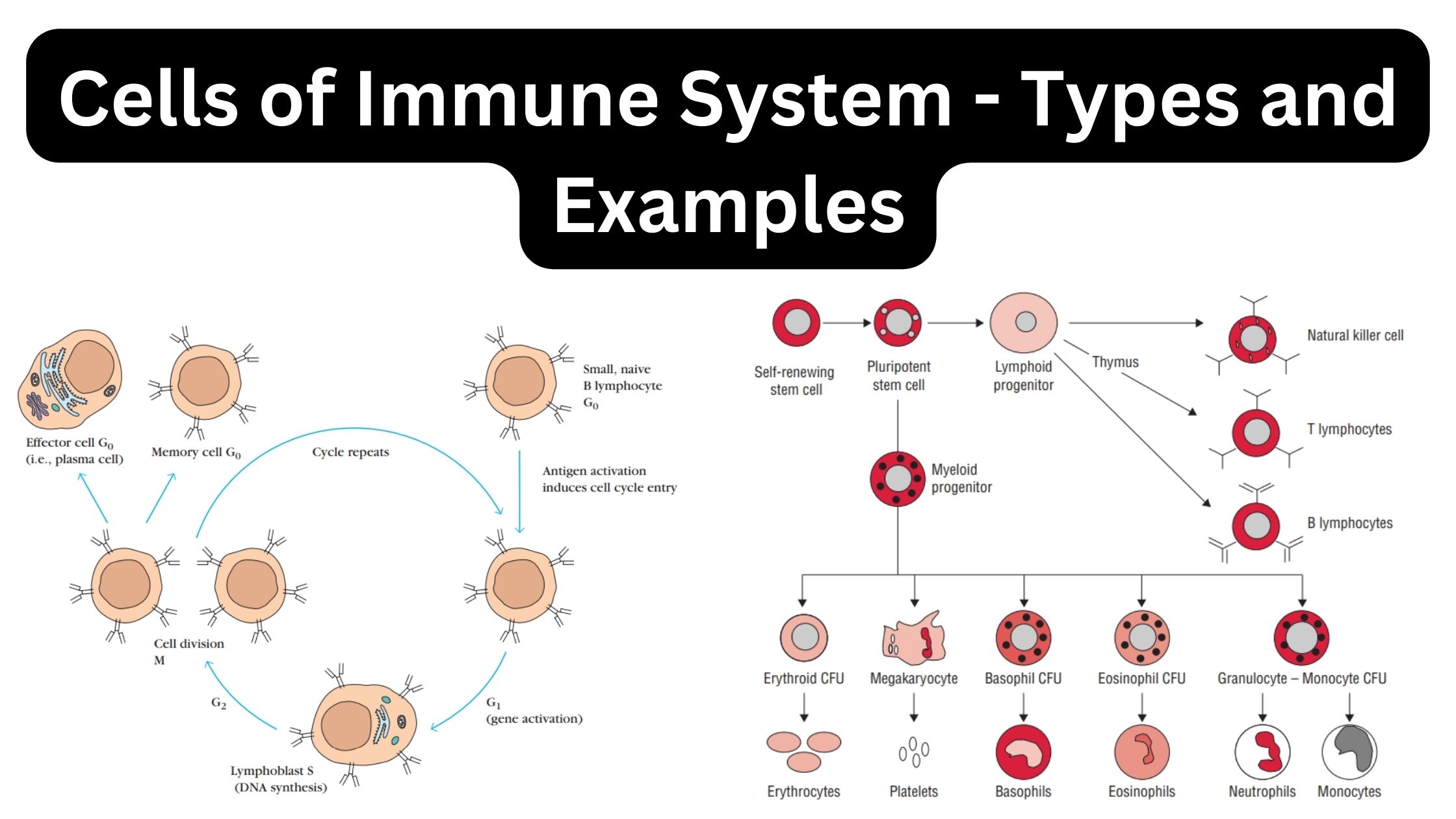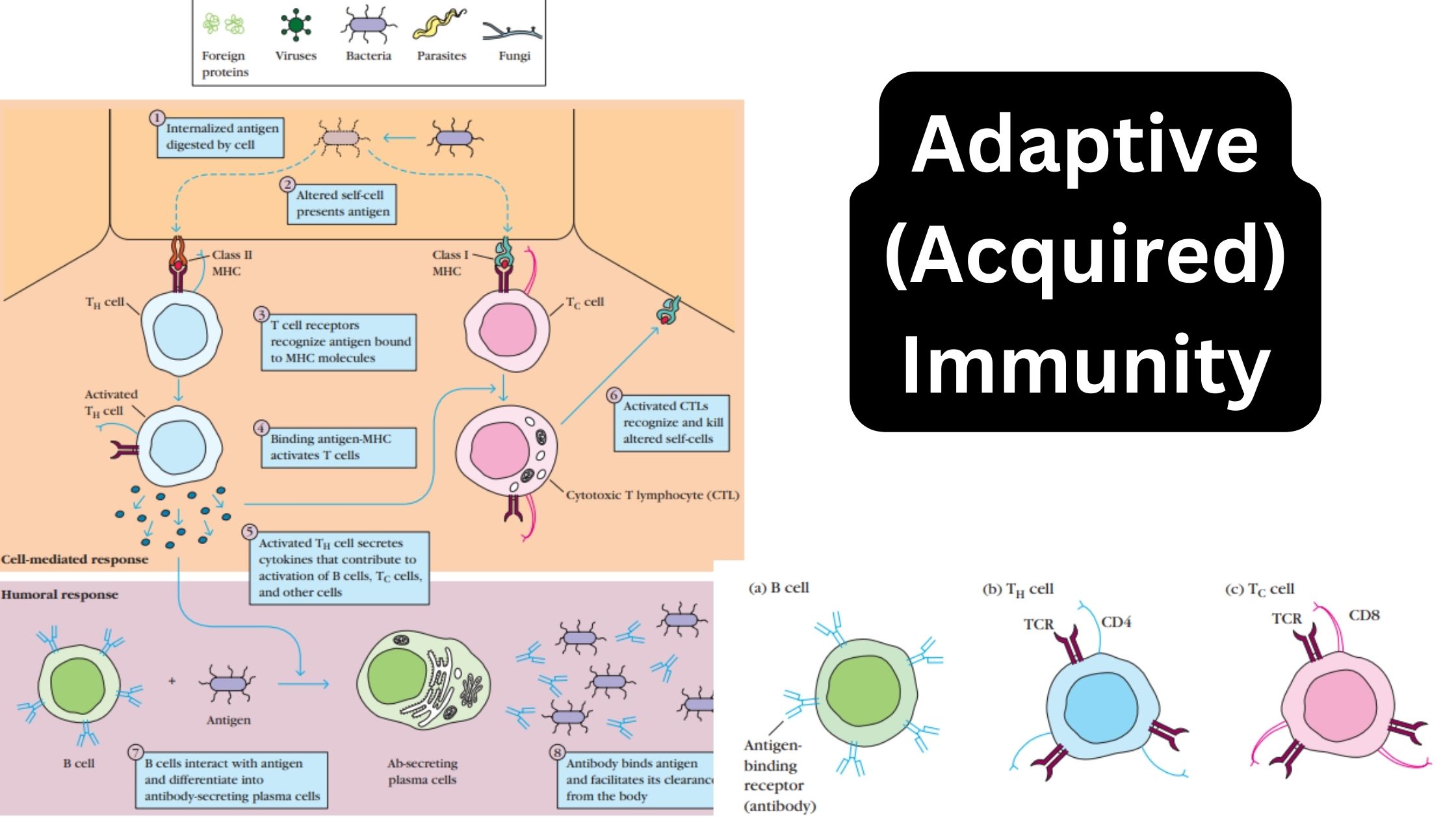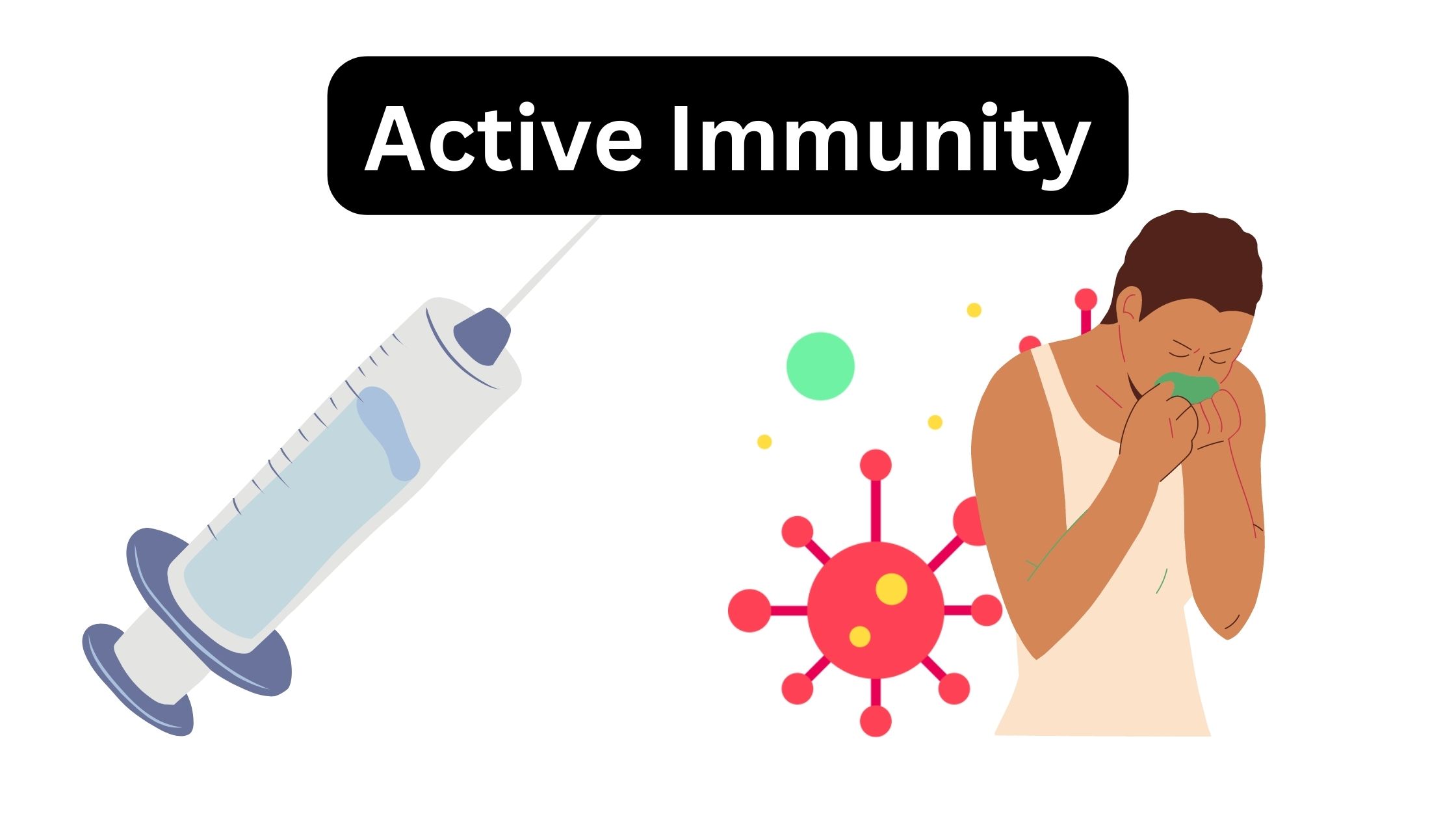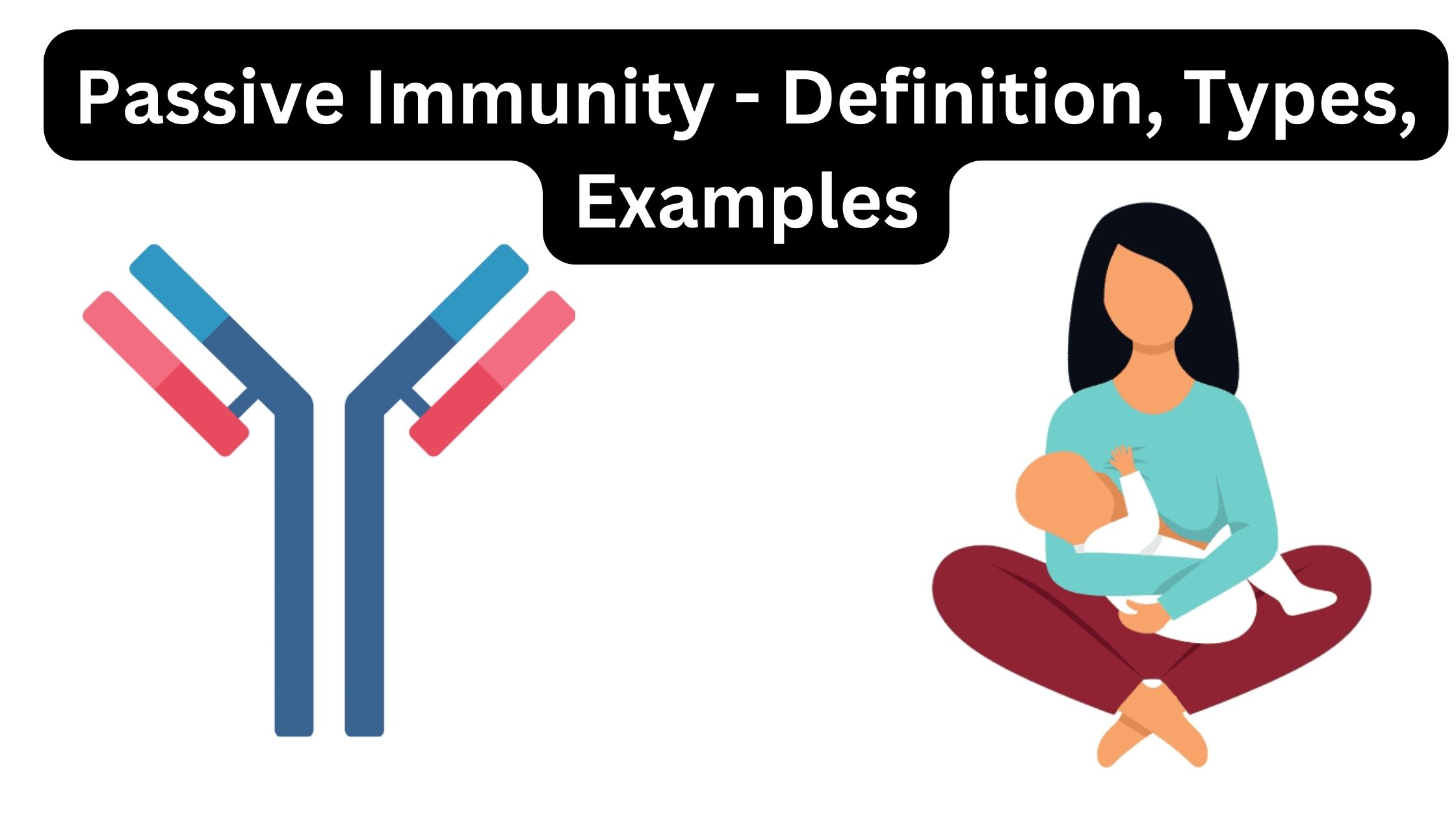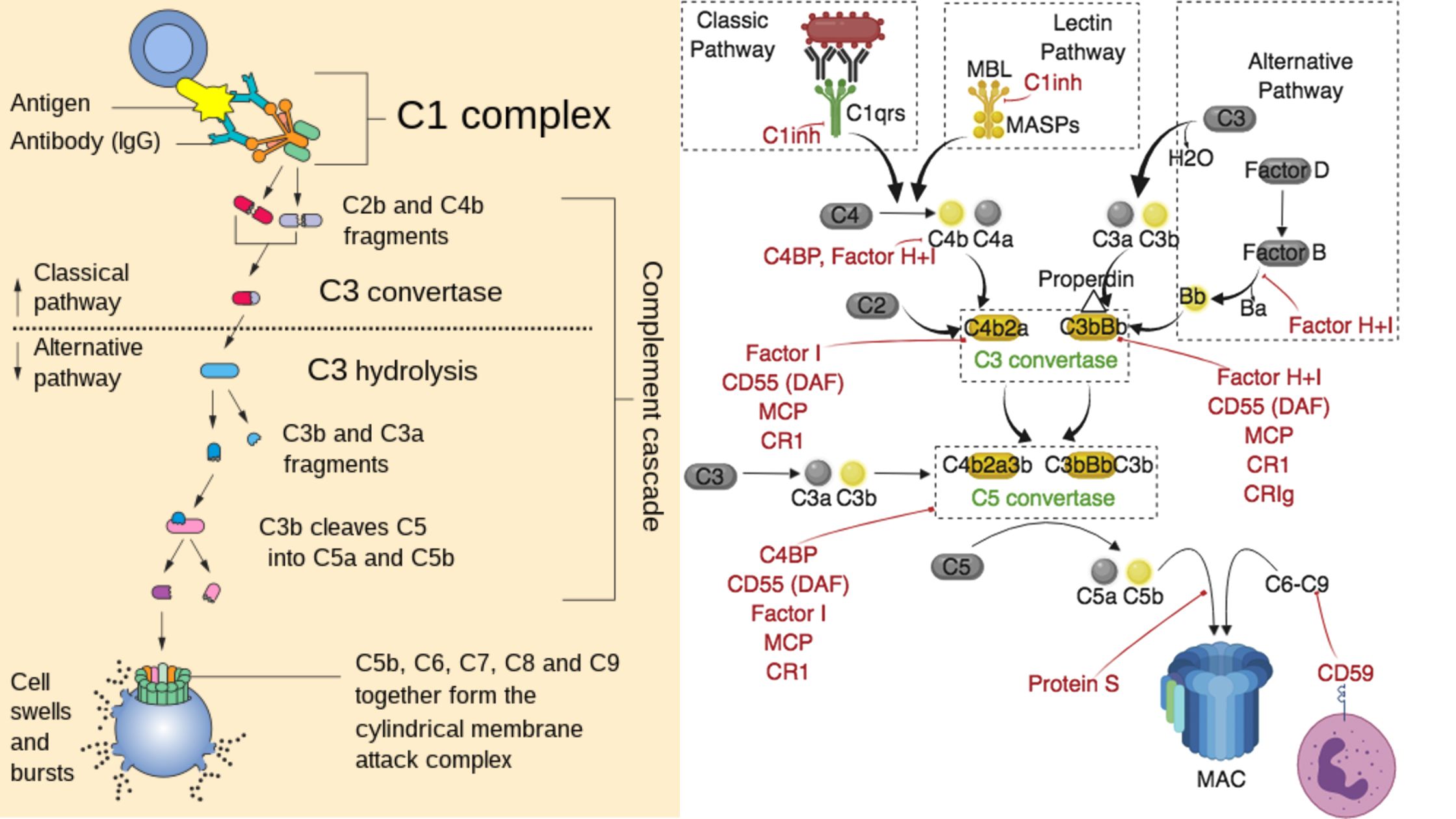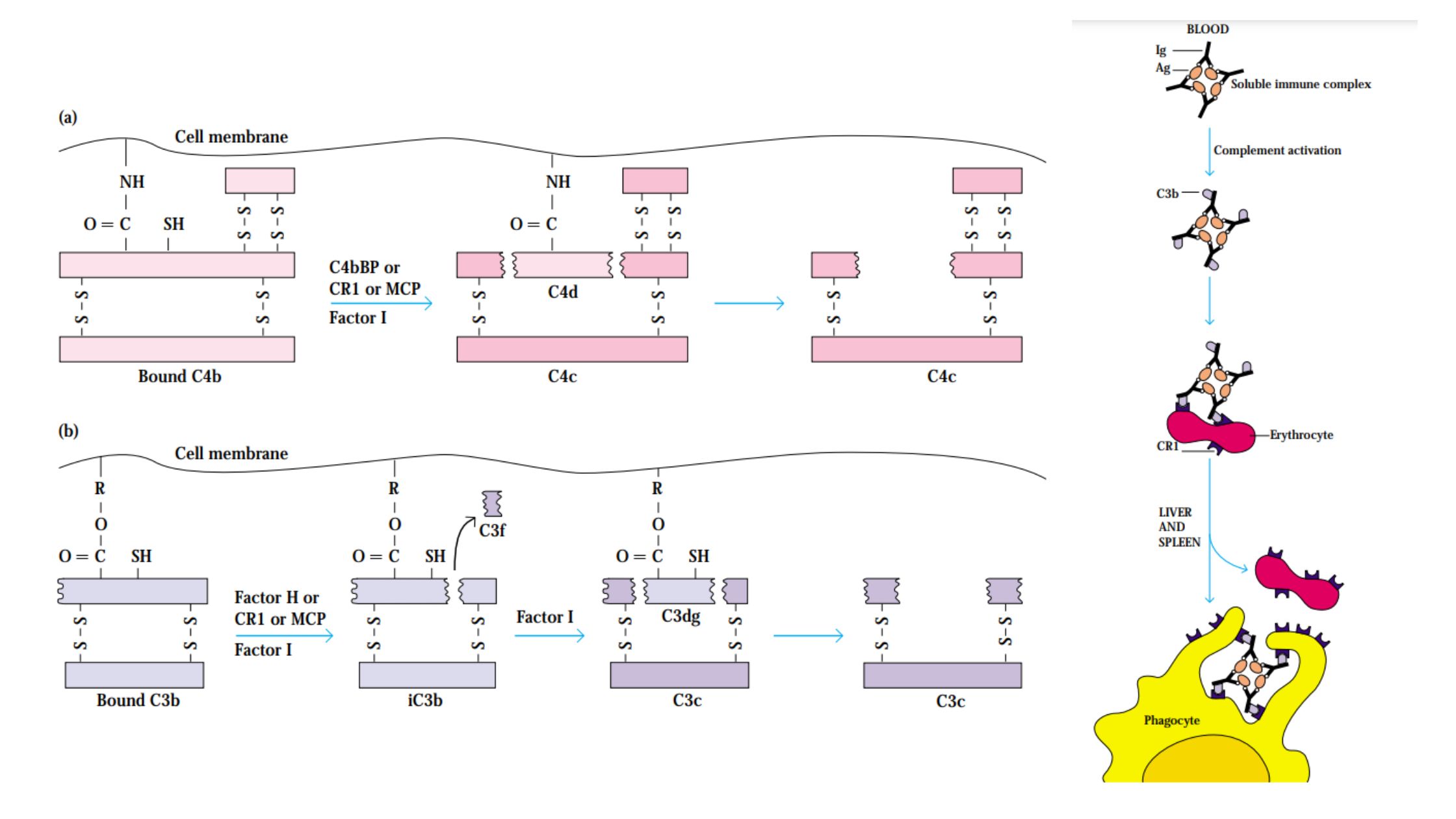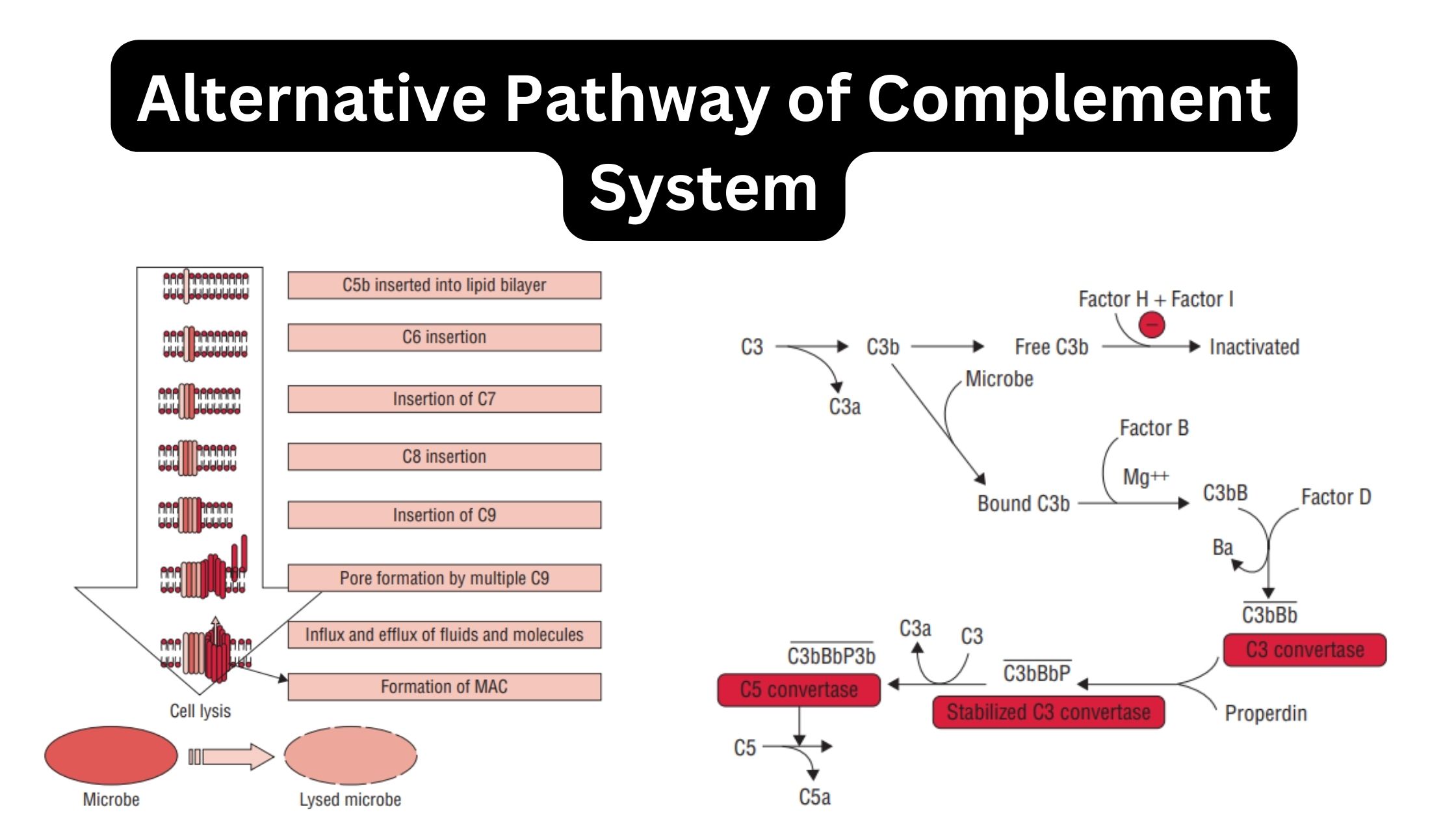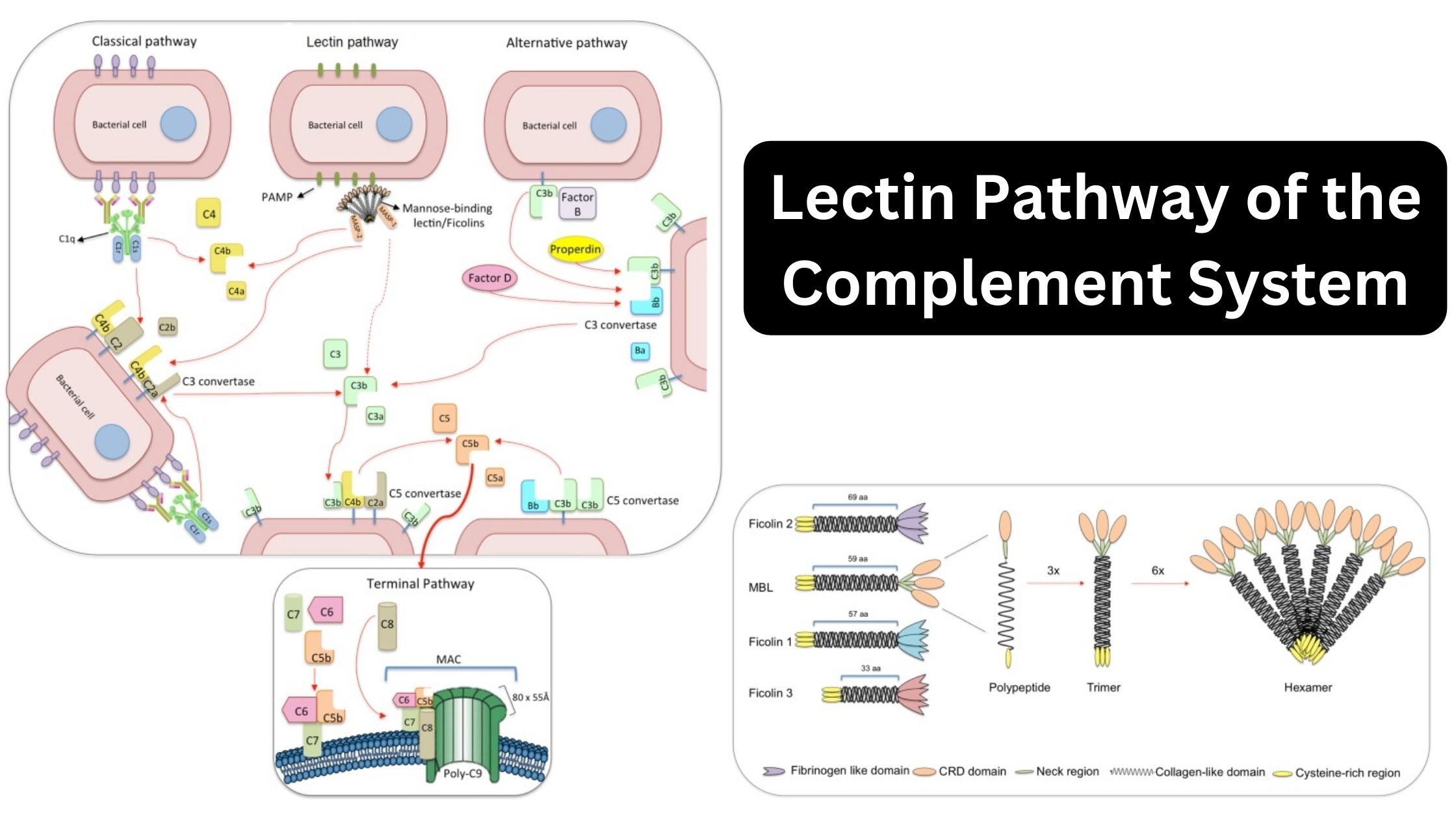Cells of Immune System – Types and Examples
The immune system is a complex network of organs, tissues, and cells that work together to keep the body healthy and protect it against outside intruders. Among the numerous components of the immune system, immune system cells play an important role in identifying and removing dangerous chemicals. Primary lymphoid organs and secondary lymphoid organs are … Read more
